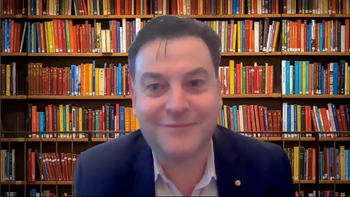
The Bushell Chair of Neurology at the University of Sydney offered his perspective on phase 2 data of CNM-Au8 in amyotrophic lateral sclerosis and spoke to the advances that the field has made in recent years. [WATCH TIME: 3 minutes]

The Bushell Chair of Neurology at the University of Sydney offered his perspective on phase 2 data of CNM-Au8 in amyotrophic lateral sclerosis and spoke to the advances that the field has made in recent years. [WATCH TIME: 3 minutes]

At 2 hours post-stimulation, 42.5% of those on the Cefaly device had absence of most bothersome symptoms compared with 34.1% of those in the sham group.
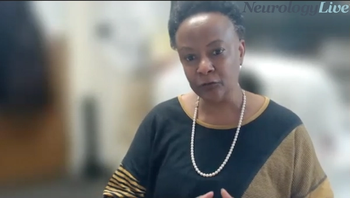
The pediatric epileptologist from Cleveland Clinic provided commentary on the changes needed to improve research and drug development in CDKL5 deficiency disorder, as well as the organizations committed to advancing the state of care. [WATCH TIME: 3 minutes]

On fluorodeoxyglucose PET, pepinemab slowed or reversed decline in metabolic activity in all 26 brain regions observed, with significant benefit found in 15 regions.

Test your neurology knowledge with NeurologyLive®'s weekly quiz series, featuring questions on a variety of clinical and historical neurology topics. This week's topic is Alzheimer disease and dementia.

Sage Therapeutics’ investigational NMDA receptor positive allosteric modulator was well-tolerated, with signs of cognitive and functional improvements reported for patients with AD in the phase 2 LUMINARY study.
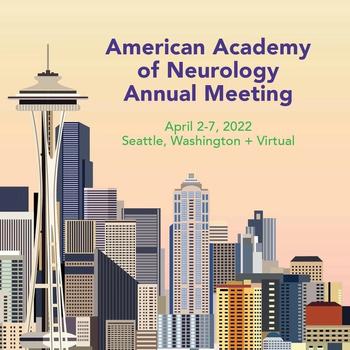
Through both 24 and 48 hours after single-dose treatment, 85% and 83% of patients, respectively, remained free of the need for rescue medication.
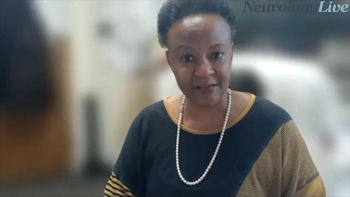
The pediatric epileptologist at Cleveland Clinic discussed the impact of ganaxolone’s approval for CDKL5 deficiency disorder and how it may create an opportunity for future pipeline agents. [WATCH TIME: 3 minutes]
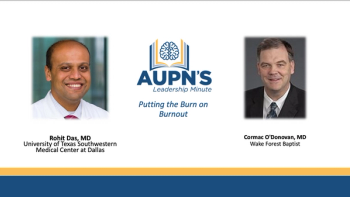
Episode 20 of the AUPN Leadership Minute features Rohit Das, MD, of University of Texas Southwestern Medical Center at Dallas; and Cormac O'Donovan, MD, of Wake Forest Baptist. [WATCH TIME: 4 minutes]

Interim data from the phase 2 RESCUE-ALS trial open-label extension suggest that Clene Nanomedicine’s investigational agent, CNM-AU8, offered benefits to patients with ALS in terms of survival, in addition to prior results suggestive of slowed progression.
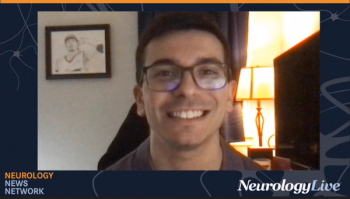
Neurology News Network for the week ending April 2, 2022. [WATCH TIME: 3 minutes]

The Bushell Chair of Neurology at the University of Sydney shared his insight into the latest data on CNM-Au8 as a potential treatment for amyotrophic lateral sclerosis and the frameshift in treatment that it represents. [WATCH TIME: 3 minutes]

Take 5 minutes to catch up on NeurologyLive®'s highlights from the week ending April 1, 2022.

To build off the data, Cerevance plans on initiating additional phase 2/3 studies evaluating CVN424, including a trial assessing its potential as a standalone treatment.
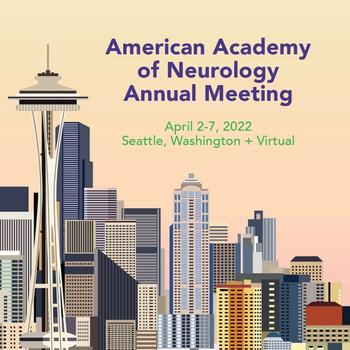
This year’s meeting, themed “the Great Neuro-Reunion,” will feature a dual virtual and in-person format, spanning 9 days and including more than 200 sessions and 11 plenaries, as well as featuring 2400 abstracts presentations.

The virtual MJH Life Sciences Sleeves Up Blood Drive, put on by NeurologyLive®'s parent company, will be held from March 31 through April 30, 2022.

Annual progression rates to dementia were 14.7% for those with mild behavior impairment and 8.3% for the those without neuropsychiatric symptoms, with reversion rates of 2.5% and 5.3%, respectively, for each group.
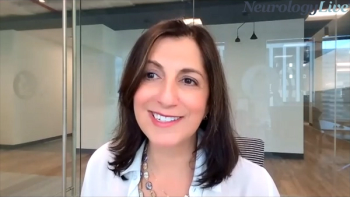
The president and chief executive officer of The ALS Association provided insight on the most pressing needs for patients with ALS and the organization’s focus going forward. [WATCH TIME: 5 minutes]

In a sensitivity analysis that excluded women with evidence of possible demyelinating events before MS diagnosis, the associations between pregnancy-related ICD-10 code recording and disease risk were even more pronounced.

The company anticipates the first patient to be screened in May 2022, with a primary end point of cognitive decline at 18 months, measured by the Clinical Dementia Rating-Sum of Boxes.
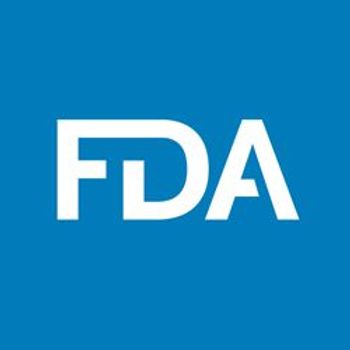
FDA panelists expressed concern over the drug's efficacy and data analysis, indicating the need for a confirmatory clinical trial.

In preclinical studies, the investigational agent has demonstrated a clearance of both pyroglutamate modified and unmodified Aß plaque in brain tissue concentrations.

Mind Moments®, a podcast from NeurologyLive®, brings you exclusive interviews with Scott Demarest, MD, MSCS, and Kelly Knupp, MD, MSCS, FAES. [LISTEN TIME: 21 minutes]

The neurologist and assistant professor at the University of Toronto addressed the issues within Alzheimer drug development, the boom of biomarkers, and how retinal imaging can have a multilevel positive impact.
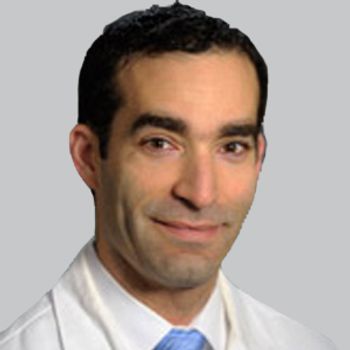
A study recently demonstrated that targeting longer-term intensive blood pressure control over a 4-year period may be associated with a subtle but significant increase in cerebral blood flow.

The investigators concluded that the MIDAS questionnaire may be a useful tool in the development, testing, and prescription of cost-effective medications for those with migraine whose direct and indirect costs are high.
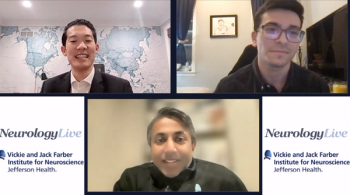
Two experts at Jefferson Health discuss several topics related to advances in neurosurgery, technology, and the future of minimally invasive procedures.

The investigational antisense oligonucleotide, previously known as IONIS-C9Rx, failed to meet any of the secondary efficacy end points in its phase 1 trial but was well-tolerated. The companies plan to present the data at a future medical meeting.
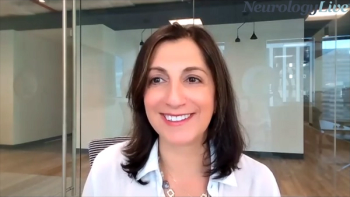
The president and chief executive officer of The ALS Association provided insight on the availability of genetic testing for ALS and the organization’s efforts to increase access for the future. [WATCH TIME: 2 minutes]

Patient respondents documented a minimum acceptable treatment benefit of 39% if it meant it reduced their risk of long-term problems from 10% to 0%, and a lower chance of benefit to undergo noninvasive over invasive surgery.